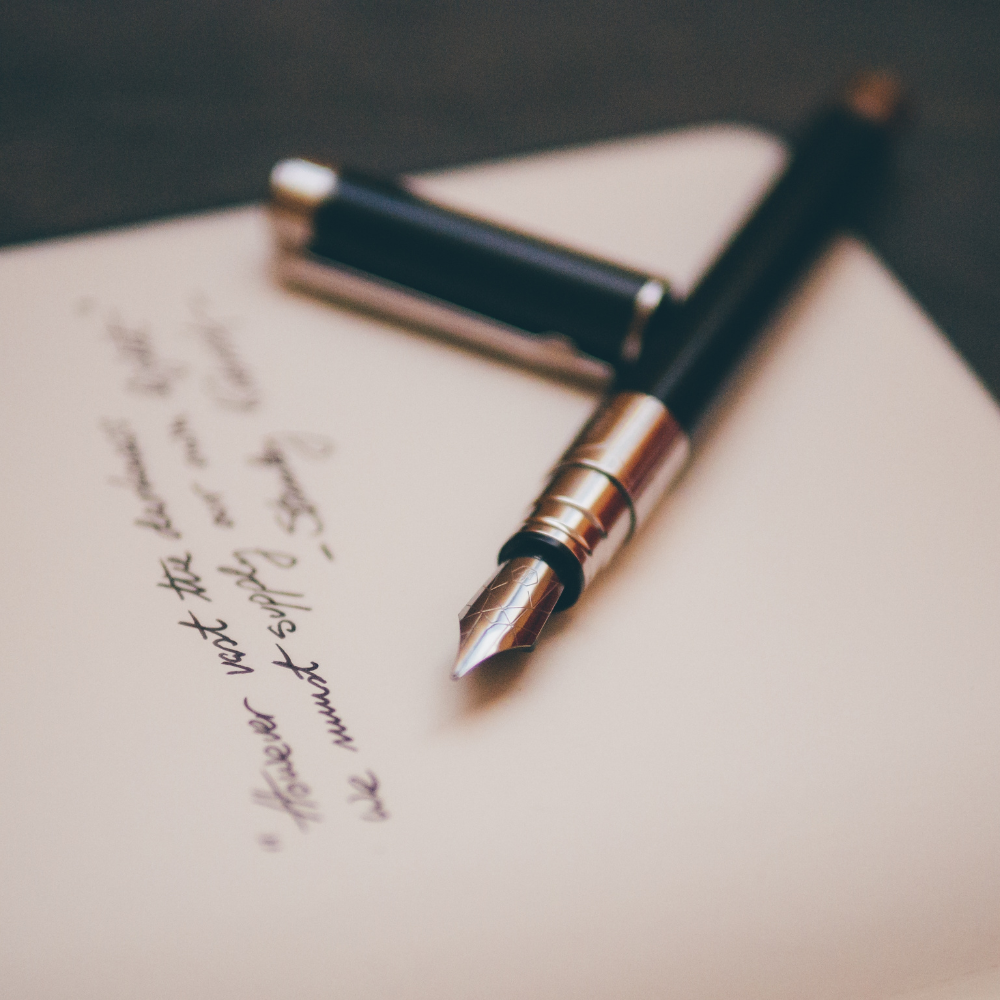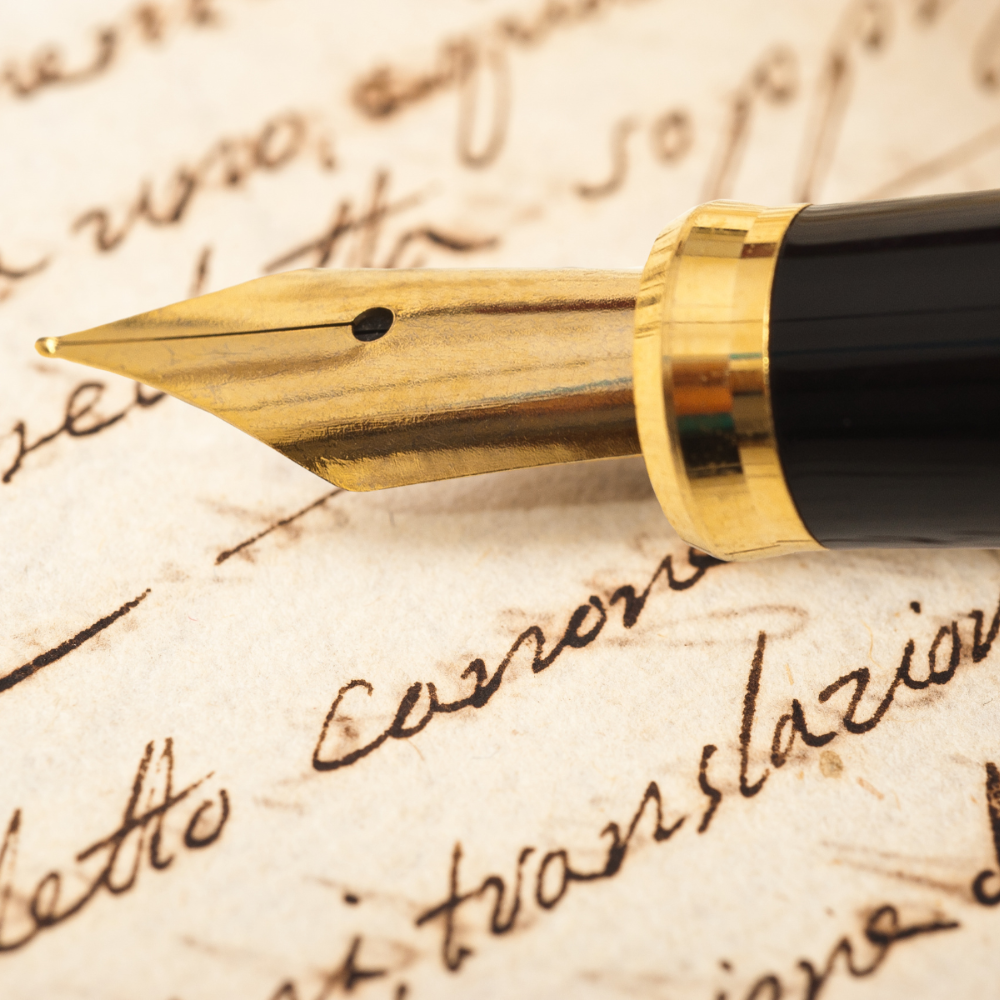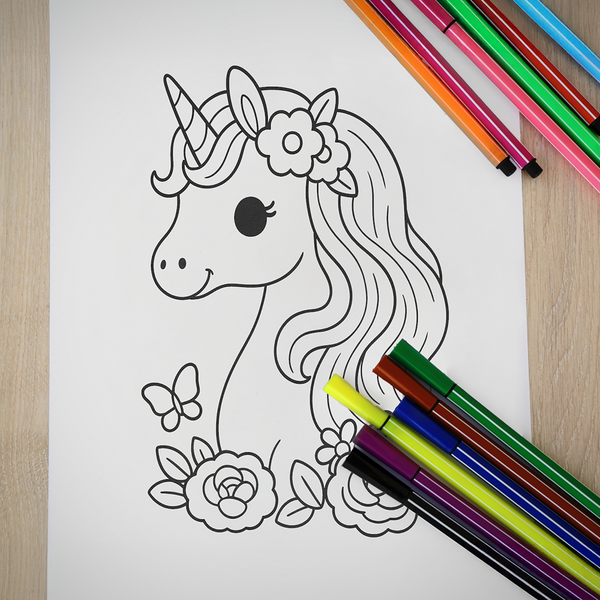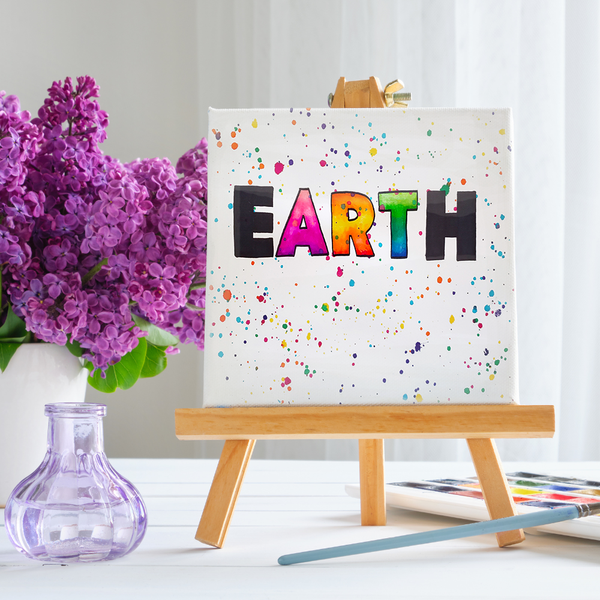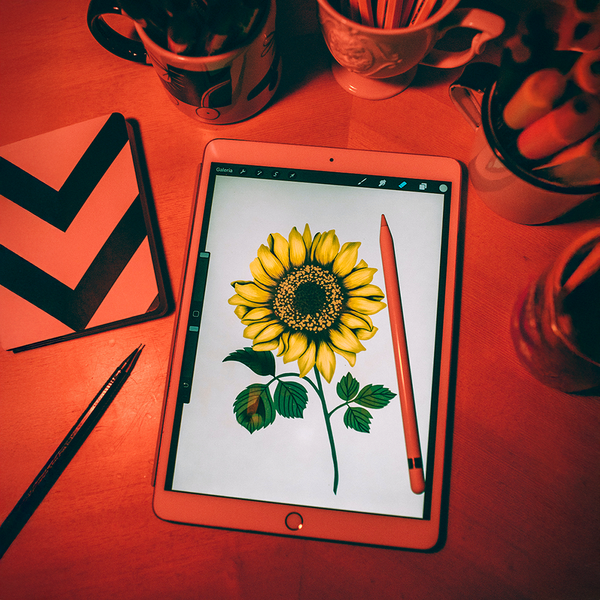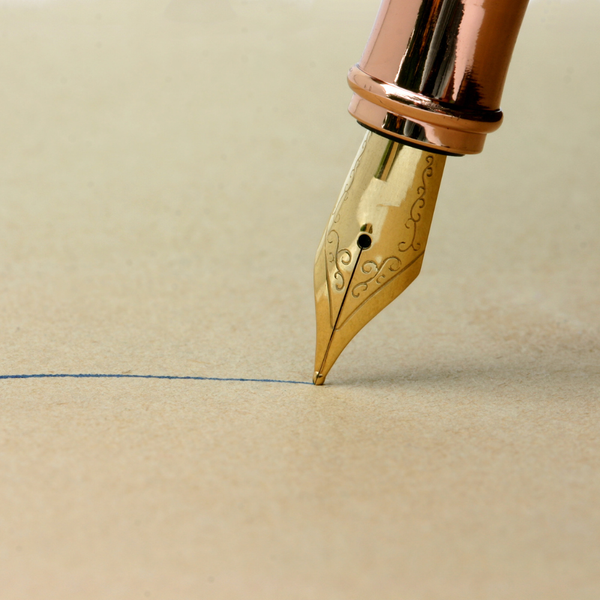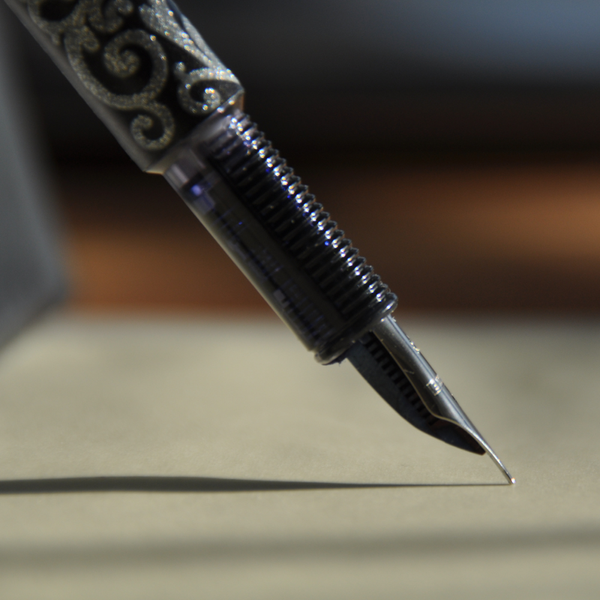Fountain pens, with their elegant design and historical significance, are a testament to the art of writing itself.
Many enthusiasts argue that like a fine wine, fountain pens indeed get better with age.
Fountain pens are not merely tools for writing but are cherished symbols of craftsmanship and tradition.
As these pens gracefully age, they often develop a character and smoothness that many aficionados swear by, akin to the maturing of a fine wine.
This article delves into the heart of why fountain pens are believed to improve over time, exploring the intricate dance between material, design, and usage that potentially enhances their performance and aesthetic appeal as the years pass.
Key Takeaways:
- Nib Adaptation: Over time, fountain pen nibs can adapt to an individual's writing style, providing a smoother and more personalized writing experience.
- Material Patina: Materials like brass, copper, and even certain plastics used in fountain pens develop a unique patina over time that can enhance both the visual appeal and the tactile experience of the pen.
- Ink Flow Improvement: With regular use, the flow of ink through a fountain pen tends to become more consistent, reducing issues like blotting or skipping.
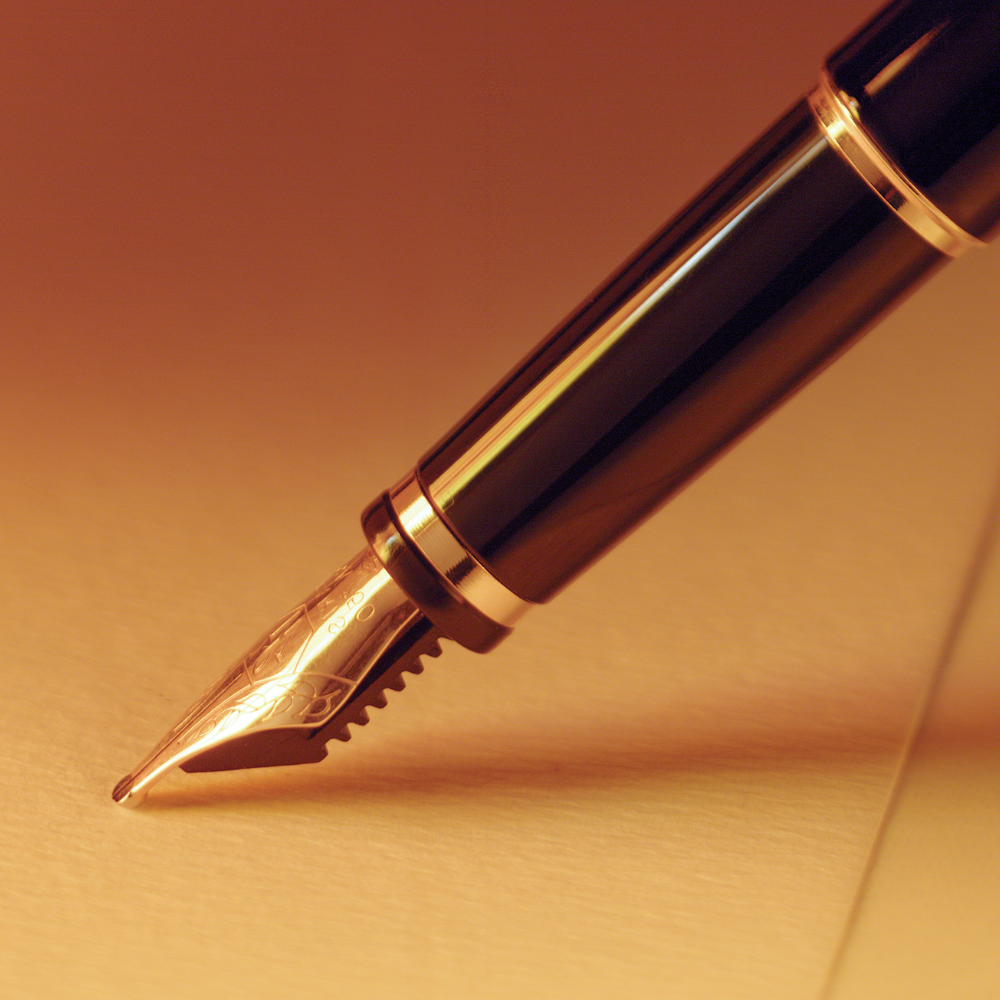


Aging Process of Fountain Pens
As fountain pens gracefully age, they undergo a fascinating transformation that not only enhances their functionality but also elevates their aesthetic appeal.
Let's delve into the aging process of these elegant writing instruments, examining how the nibs adapt to your unique writing style and how the materials develop a rich, characterful patina over time.
Nib Wear and Personalization
Fountain pen nibs, especially those made from soft metals like gold, gradually conform to the writing pressure and angle of the user.
This means that a new fountain pen might feel slightly stiff at first, but as you use it, the nib adjusts to your hand position and pressure, potentially turning into your preferred pen for smooth writing.
This is particularly true for pens with gold nibs, which are softer and more malleable than stainless steel nibs.
Material Aging and Aesthetic Appeal
The bodies of fountain pens are crafted from a variety of materials, including resins, metals, and even wood.
Metals such as brass and copper undergo oxidation, leading to a patina that many collectors and users find appealing.
This patina not only tells the story of the pen but also often improves the grip, making the pen more comfortable for everyday use.
Ink Compatibility Over Time
As you journey through the world of fountain pens, you'll discover that the relationship between your pen and its ink is not just functional—it's almost poetic.
Over time, this bond deepens, significantly enhancing your writing experience.
Let's explore how the aging of a fountain pen influences ink compatibility and why regular maintenance is not just about upkeep but about perfecting the pen's performance and preserving its beauty.
From ensuring a seamless flow to preventing clogs, every detail counts in the life span of your cherished writing companion.
Developing a Relationship with Inks
As fountain pens age, the interaction between the fountain pen ink and the pen’s internal mechanism can lead to an improved writing experience.
Regular use helps maintain the ink flow more consistently, preventing clogs and ensuring that the pen writes smoothly even when using inks that may have previously caused issues.
Role of Maintenance
Proper maintenance plays a crucial role in the aging process of a fountain pen.
Regular cleaning ensures that old ink does not clog the feed, maintaining a good flow of ink.
Using good quality ink and good paper can also extend the life of the pen, making it a valuable pen in both performance and appearance.



Evolution of Nib Materials
Fountain pens, unlike their cousins the ballpoint pens and rollerballs, offer a unique journey through the ages with their nib materials.
Initially, many fountain pens featured gold nibs, prized for their flexibility and durability.
Over time, manufacturers have experimented with various alloys, leading to the development of stainless steel and titanium nibs.
These materials, while less expensive than gold, still ensure that users can write smoothly and with less pressure, preserving the pen’s longevity and enhancing the writing experience.
However, the choice of nib material affects more than just the budget.
Gold nibs, often found in more expensive ones, tend to offer a softer writing feel, allowing for greater variation in line width and pressure sensitivity.
On the other hand, stainless steel nibs, which are more commonly found in school pens or less costly models, provide a firmer writing experience, ideal for those who apply more pressure when writing.
This evolution reflects not just changes in manufacturing capabilities but also in user preferences and writing styles over the years.
Durability of Nibs: Gold vs. Steel
Gold nibs, often seen as the crown jewels of fountain pens, offer a distinct advantage in terms of flexibility and softness, making them highly sought after by enthusiasts who prefer a smoother writing experience.
Unlike steel nibs, which can be stiffer, gold nibs gracefully adapt to an individual's writing pressure and style over time.
This personalization aspect is not just about the physical adaptation; it's about how the nibs, especially medium nibs, distribute ink more evenly on coarse paper, enhancing the overall writing quality.
Steel nibs, on the other hand, are celebrated for their resilience and ability to withstand more aggressive writing techniques.
They are less prone to bending compared to gold nibs but can feel scratchier if not used with good ink.
Over a few years, users might find that steel nibs maintain their shape better but lack the 'breaking in' feel that gold nibs develop.
This makes steel nibs an excellent choice for those who apply pressure when they write or use their pens frequently on a variety of paper types.
Shift to Disposable Writing Instruments
As the allure of fountain pens persists, the rise of disposable pens, including the ubiquitous ballpoint pen, marks a significant shift in consumer preferences.
These pens, often seen as a low-cost, convenient alternative, have saturated the market, appealing to those who prioritize ease and disposability over the traditional charm and longevity of fountain pens.
The transition reflects a broader societal move towards more disposable products, driven by the fast pace of modern life where items are used briefly and then discarded, rather than cherished and maintained.
However, this shift raises concerns about environmental impact and quality.
Disposable pens, while handy, often fall into the category of poor quality writing instruments due to their short lifespan and sometimes inconsistent ink flow.
Unlike fountain pens, which can be refilled and whose nibs can be replaced or adjusted, disposable pens are designed to be thrown away once their ink is depleted.
This not only contributes to increased waste but also deprives users of the opportunity to develop a long-term relationship with a high-quality writing tool.

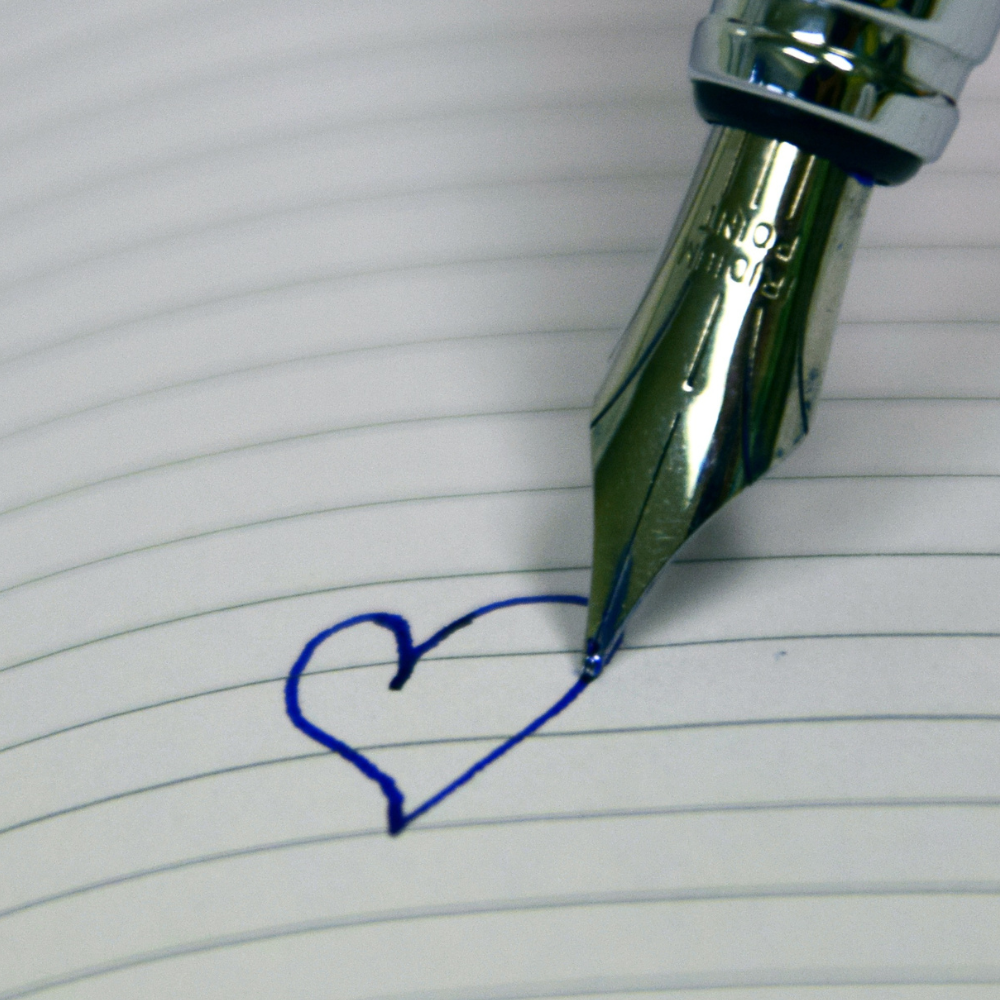

Customization and Repair: Extending Pen Life
Fountain pen enthusiasts often revel in the ability to customize their pens, a stark contrast to the one-size-fits-all nature of most disposable pens.
The process of fitting a fountain pen with a specific type of nib, such as a gold nib or a medium nib, and even using tools like a smoothing stick to personalize the writing experience, is a testament to the versatility and personal connection many feel towards their pens.
This customization not only enhances the writing experience but also extends the lifespan of the pen, making it a more sustainable choice in the long run.
Repair and maintenance play crucial roles in the longevity of fountain pens.
Issues like bent nibs can often be corrected with the right knowledge and tools, an aggressive method that might involve realigning the nib or adjusting the feed to improve ink flow.
This hands-on approach not only ensures that the pen performs at its best but also fosters a deeper understanding and appreciation of the craftsmanship behind these elegant writing instruments.
In contrast, the simplicity and disposability of ballpoint and other disposable pens offer little in terms of longevity or repairability, highlighting a throwaway culture that fountain pens defy.
Evolution of Writing Instruments and Pen Types
The transition from fountain pens to more contemporary writing instruments like ballpoint pens and rollerballs marks a significant shift in how individuals carry and use pens.
Ballpoints, with their convenience and ability to quickly refill, have become a staple in everyday life.
They are less messy than fountain pens and do not require frequent ink refills from a bottle, making them ideal for quick notes and on-the-go tasks.
Moreover, the ink dries faster, reducing the likelihood of smudging, which appeals to both left-handed and right-handed users.
Rollerball pens bridge the gap between fountain pens and ballpoints by offering the smoothness of a fountain pen with the convenience of a ballpoint.
These pens use water-based liquid or gel ink that flows freely in comparison to the oil-based ink used in ballpoints, allowing for smoother, finer lines that mimic the classic fountain pen handwriting style.
However, they still maintain the ease of use and portability that ballpoints are known for, making rollerballs a popular choice for those who value quality handwriting without the fuss of constant maintenance.
Shift from Bottled Ink to Cartridges
The transition from traditional bottled ink to ink cartridges represents a significant shift in the use of fountain pens.
Initially, using a fountain pen involved a dip pen and blotting paper, a method that required patience and a gentle hand.
The introduction of ink cartridges has simplified this process, making fountain pens more accessible to those who have recently started exploring this elegant writing tool.
Cartridges offer convenience and portability, reducing the mess and maintenance associated with bottled ink, and allowing users to easily switch ink colors.
Despite the convenience of cartridges, many aficionados still prefer bottled ink for its vast range of available colors and the ability to mix custom hues.
Bottled ink, used with a converter, enables a deeper engagement with the pen, as users must understand the nuances of ink flow and nib compatibility.
This method appeals to those who view using fountain pens as more than just writing—it's an art form that requires a refined technique and a personal touch.
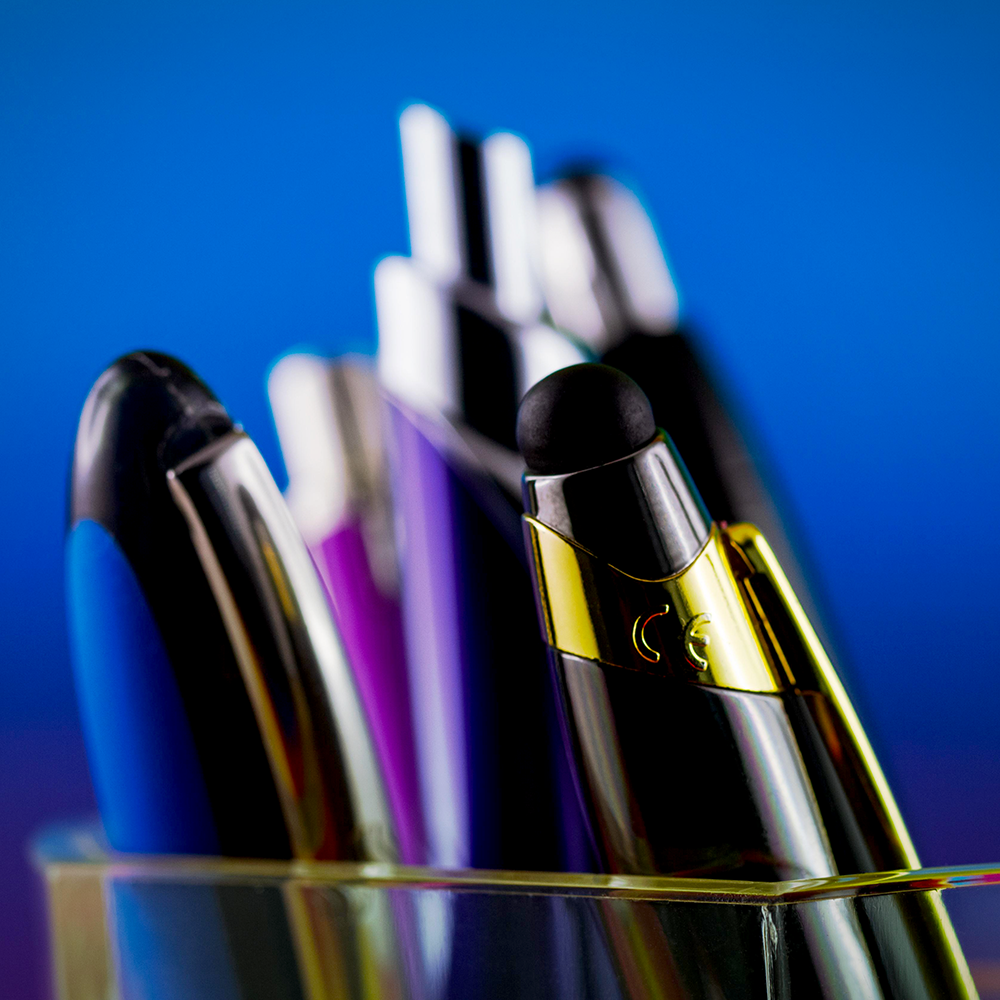


Influence of Frequent Usage
Embrace the transformative power of frequent use on your fountain pen, where every stroke not only tells a story but also fine-tunes your pen to your unique writing style.
As you write more, your pen evolves, adapting to the nuances of your pressure and angle, making it a true extension of your thoughts and style.
Discover how regular use not only maintains ink flow but enhances it, turning potential writing interruptions like hard starts into smooth, uninterrupted expressions of your ideas.
Writing Style Adaptation
Frequent use of a fountain pen not only helps in maintaining a steady ink flow but also aids in the nib adapting more closely to your specific writing pressure and angle.
This personalized wear can turn an ordinary writing instrument into a great pen tailored specifically to the user.
Impact on Ink Flow
The capillary action necessary for drawing ink efficiently through the nib can improve with regular use, which helps in reducing issues like hard starts or poor ink flow.
This is particularly noticeable in fountain pens with medium nibs or those that initially require much pressure to write.
Collectible Value of Aged Fountain Pens
Step into the enchanting world of vintage fountain pens, where each piece tells a tale of artistry and history.
As time passes, these pens not only preserve their charm but often increase in value, making them a treasure trove for collectors.
The allure of these pens lies in their unique stories and the patina they acquire over the years.
Explore how the seasoned grace of aged pens, captivates the hearts of the fountain pen community, enhancing both their collectibility and the writing experience they offer.
Vintage Pens: A Collector’s Joy
Vintage pens often become more valuable over time.
Collectors look for models that are no longer in production, such as the Sheaffer Targa or the Lamy Safari.
The history associated with a vintage pen, especially if it has been well-maintained, can significantly increase its monetary and aesthetic value.
Market for Aged Pens
The fountain pen community often sees aged pens as more desirable.
This is due to their proven durability, unique patina, and the smoothing of the nibs that provide a superior writing experience.
Brands like Pilot Metropolitan and Platinum Preppy, though relatively modern, are beginning to be appreciated more as they age.

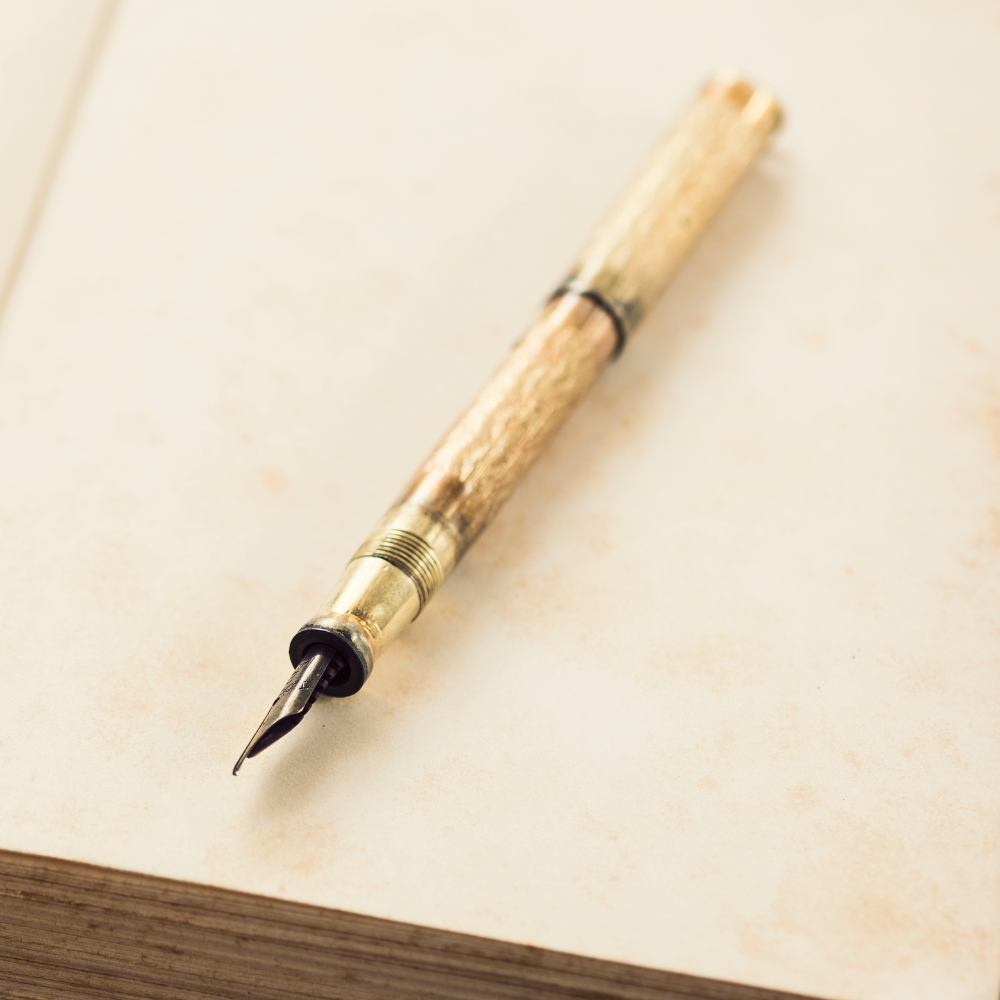
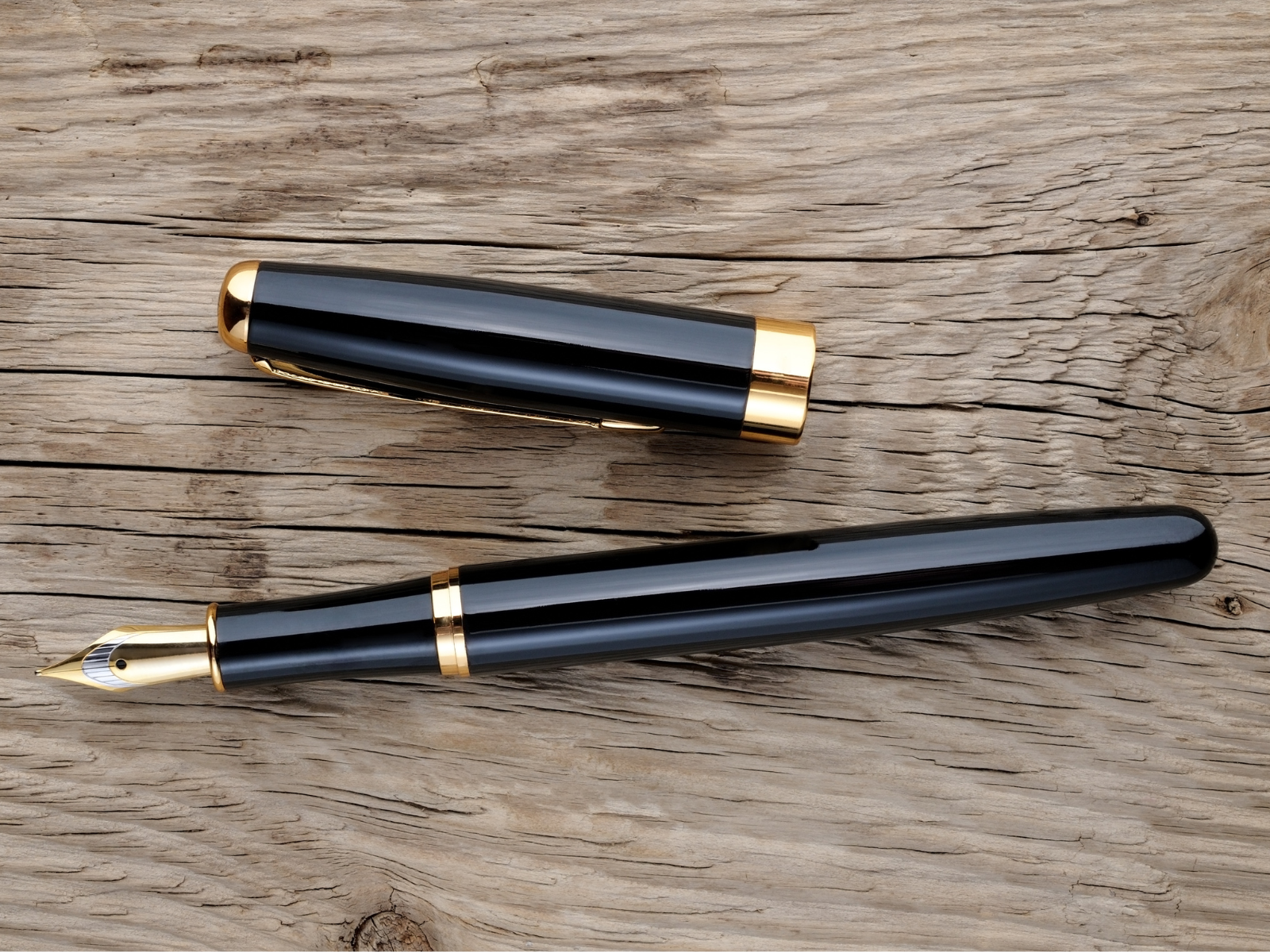
Timeless Elegance: Must-Have Fountain Pens
In the realm of writing instruments, aged fountain pens stand out as unparalleled treasures that promise not only a superior writing experience but also a journey through time with each stroke.
As these pens age, they evolve, adapting to your writing style and developing a unique character and patina that mass-produced pens simply cannot match.
The nibs adapt to the user’s specific style, the materials develop a distinctive patina, and the overall performance of the pen can enhance with proper maintenance and regular use.
With proper care, these pens transform into personalized masterpieces, offering smoother performance and a deeper connection to the art of writing.
Whether you're jotting down daily notes or adding to your curated collection, an aged fountain pen is more than just a tool—it's a source of pride, a piece of history, and a testament to the enduring beauty of thoughtful craftsmanship.
Embrace the legacy; let an aged fountain pen be your companion in the art of expressive writing.

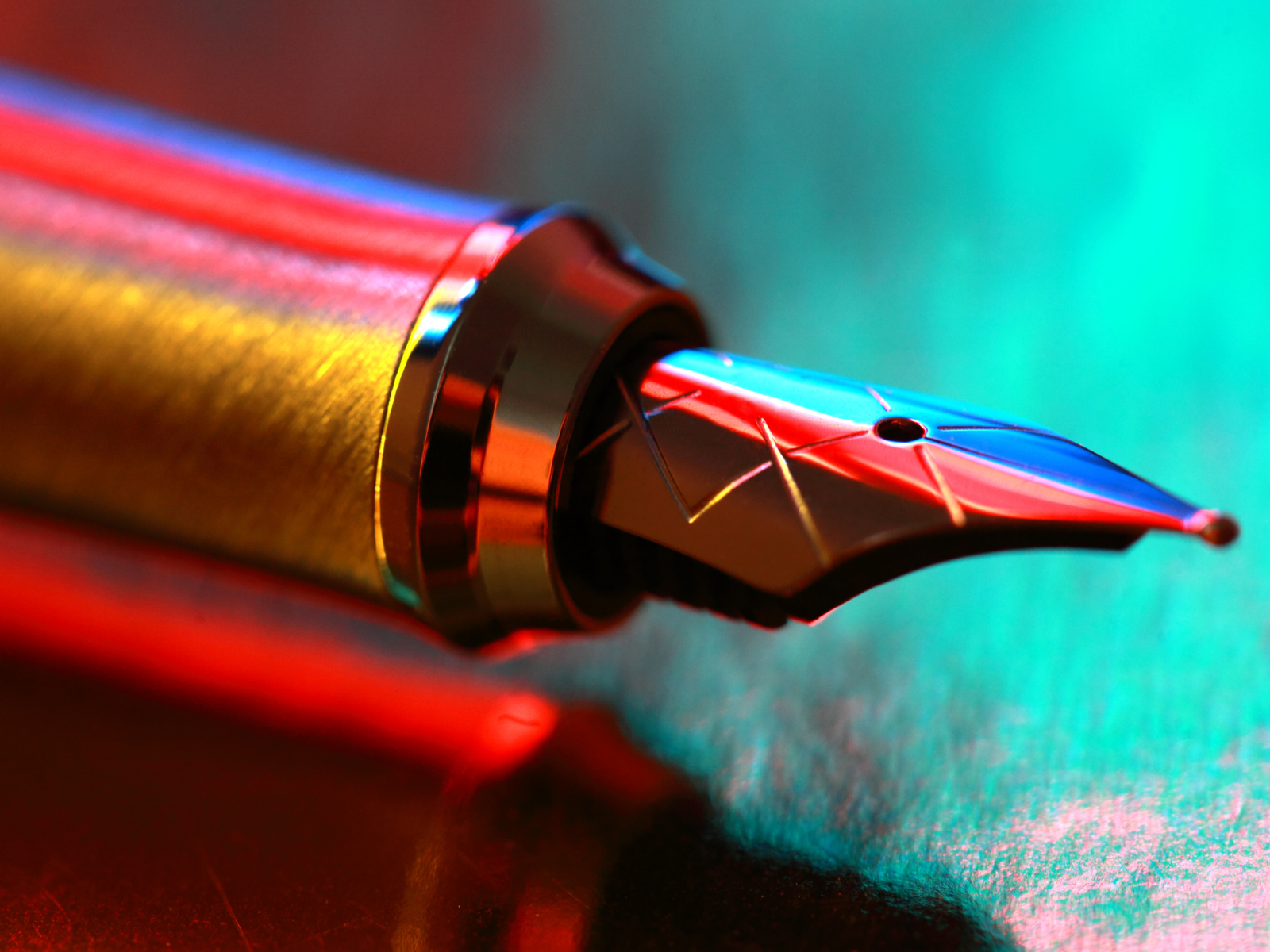

Fountain Pen FAQs
Dive into the elegant world of fountain pens!
Whether you're a seasoned collector or a curious newcomer, understanding the nuances of fountain pen maintenance and material choices is key to enjoying these sophisticated writing instruments to their fullest.
From cleaning routines to ink selections and the aging process of different materials, we've got your questions covered.
Let's explore how to keep your fountain pen in pristine condition for years to come!
How often should I clean my fountain pen to ensure it ages well?
It is recommended to clean your fountain pen once every 4-6 weeks if used regularly, or whenever changing the ink type or color to prevent clogging and maintain optimal performance.
Can using different inks affect how my fountain pen ages?
Yes, using high-quality inks can prevent damage to the feed and nib, while poor-quality inks might lead to clogging and corrosion, negatively affecting the pen’s aging process.
Are there specific materials in fountain pens that age better than others?
Materials like brass, copper, and ebonite are known to develop a desirable patina over time, while high-quality plastics and resins maintain their appearance and function for many years with proper care.
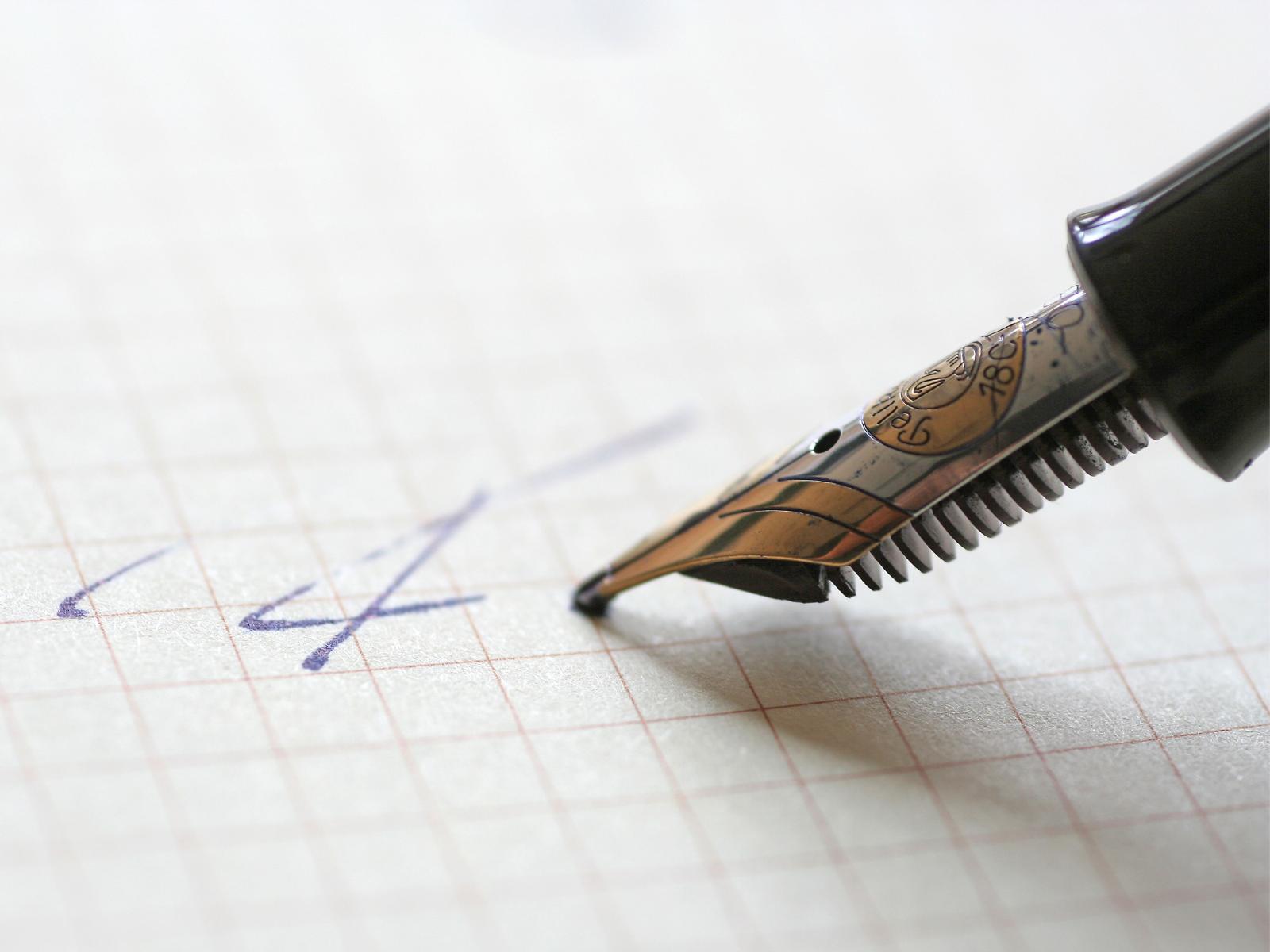
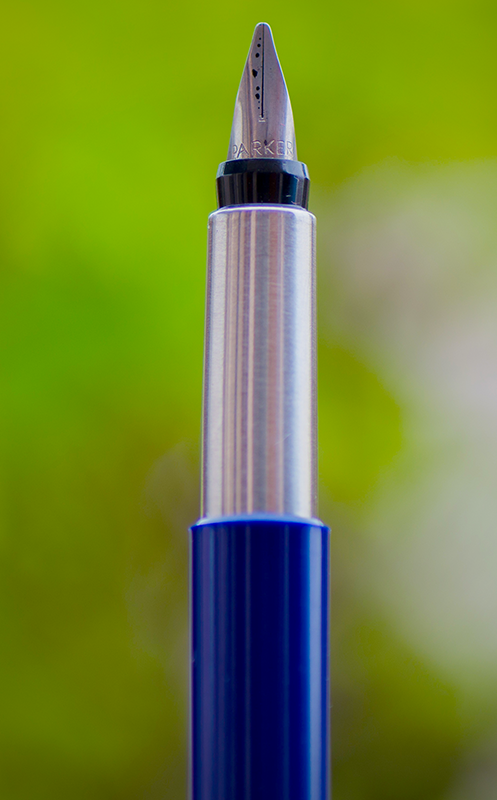
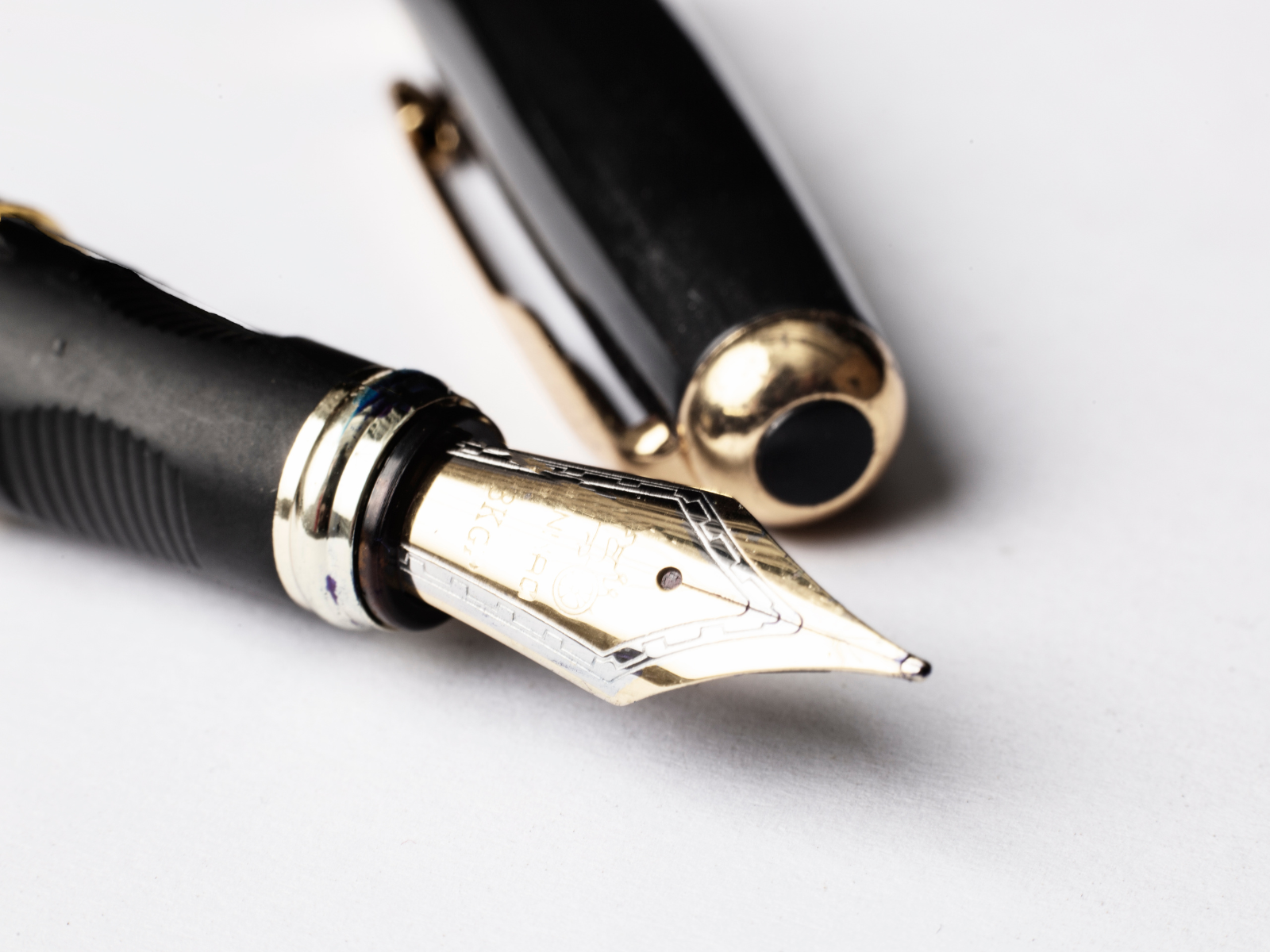
Looking to enjoy fountain pens for a lifetime? Check out The Goulet Pen Company's video!
Want even more content about creativity and art?
Be sure to check out all of our creative chronicles!
Interested in learning more about drawing with pens?
Check out some of our other articles:
-What is better than a fountain pen?
-What is the disadvantage of fountain pens?
-Why no one uses fountain pens
-Why is my handwriting better with a fountain pen?
-Why do people like fountain pens so much?
-How many fountain pens should I own?

